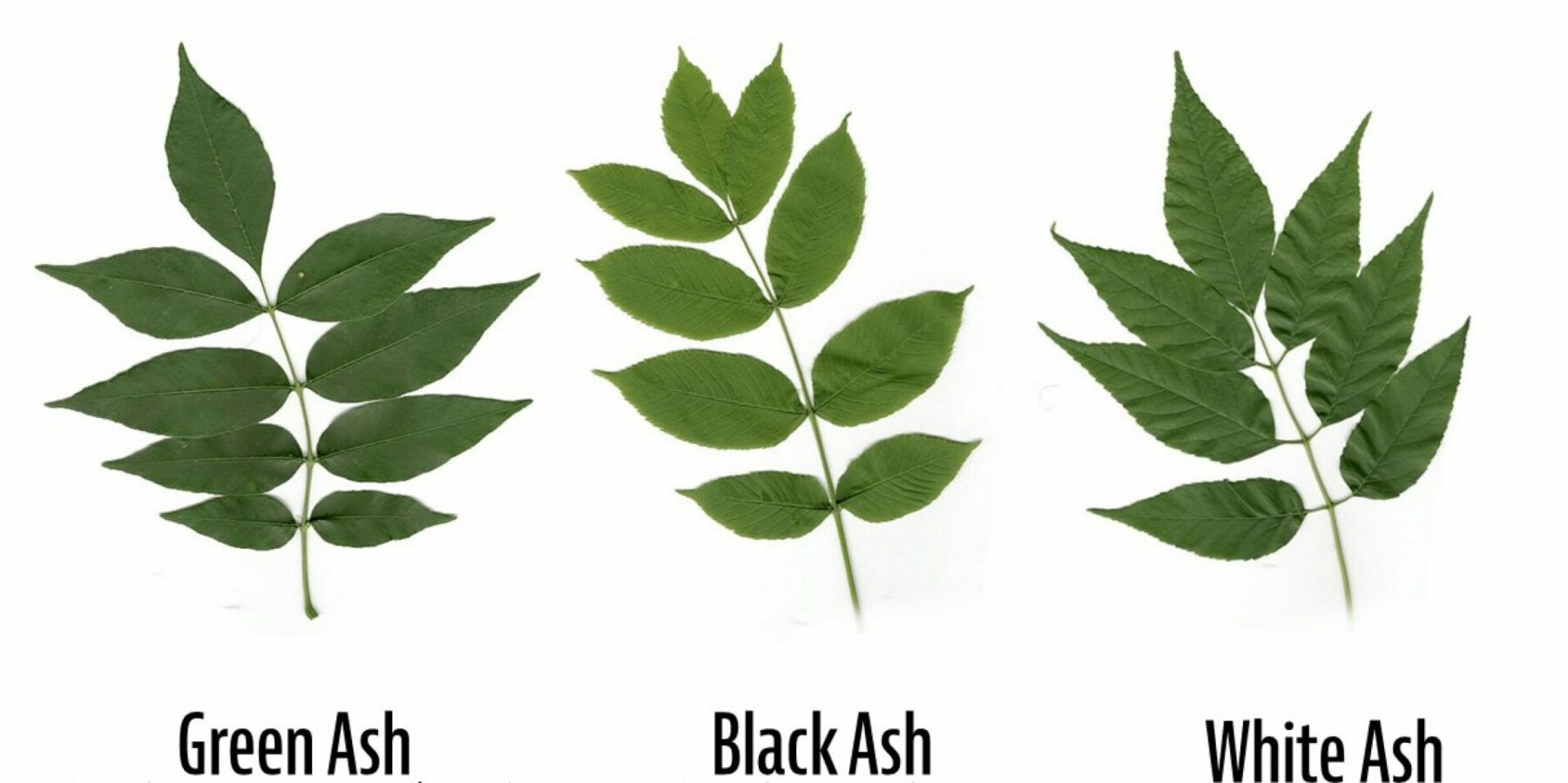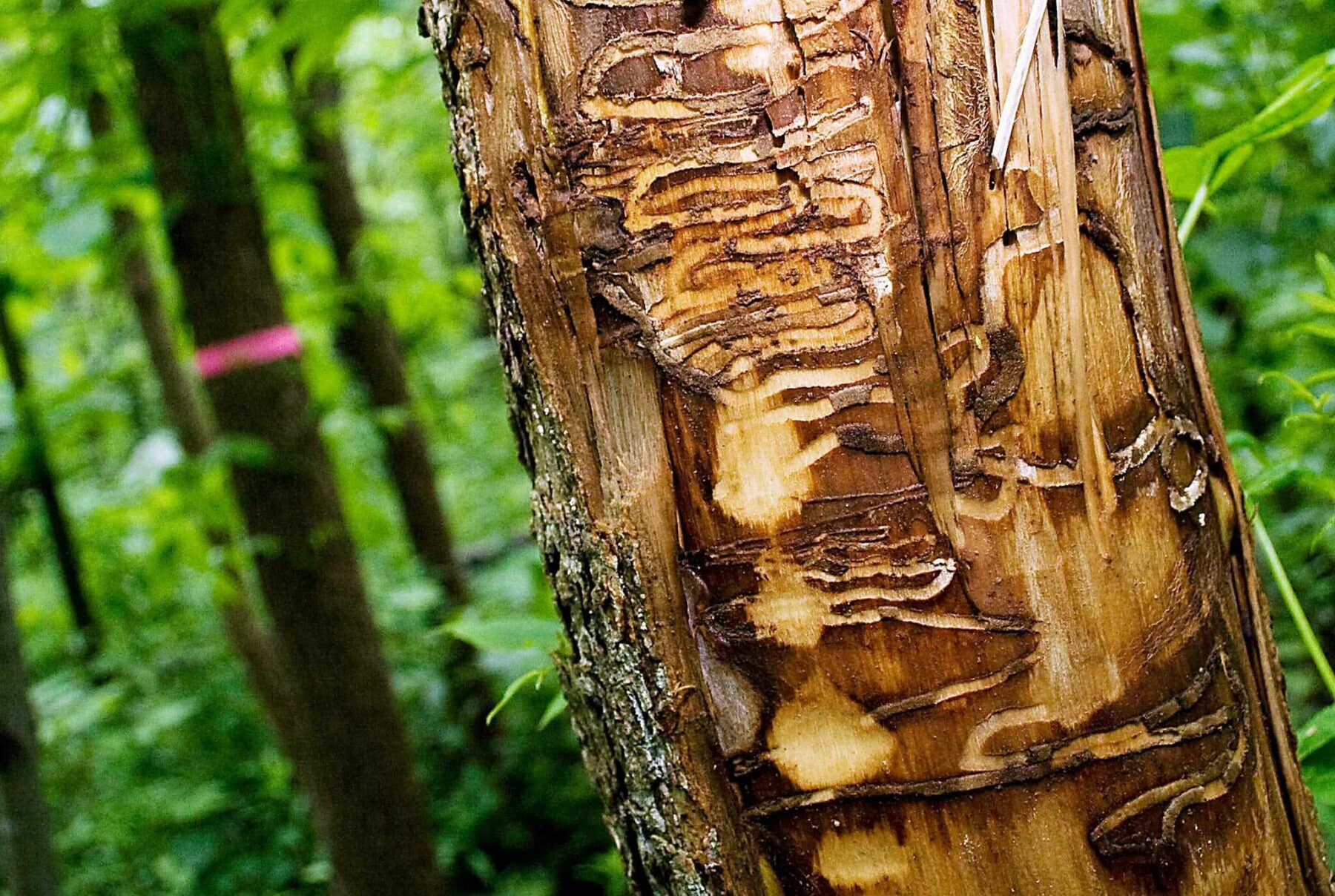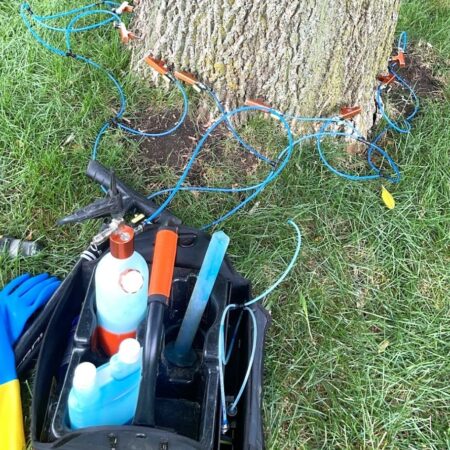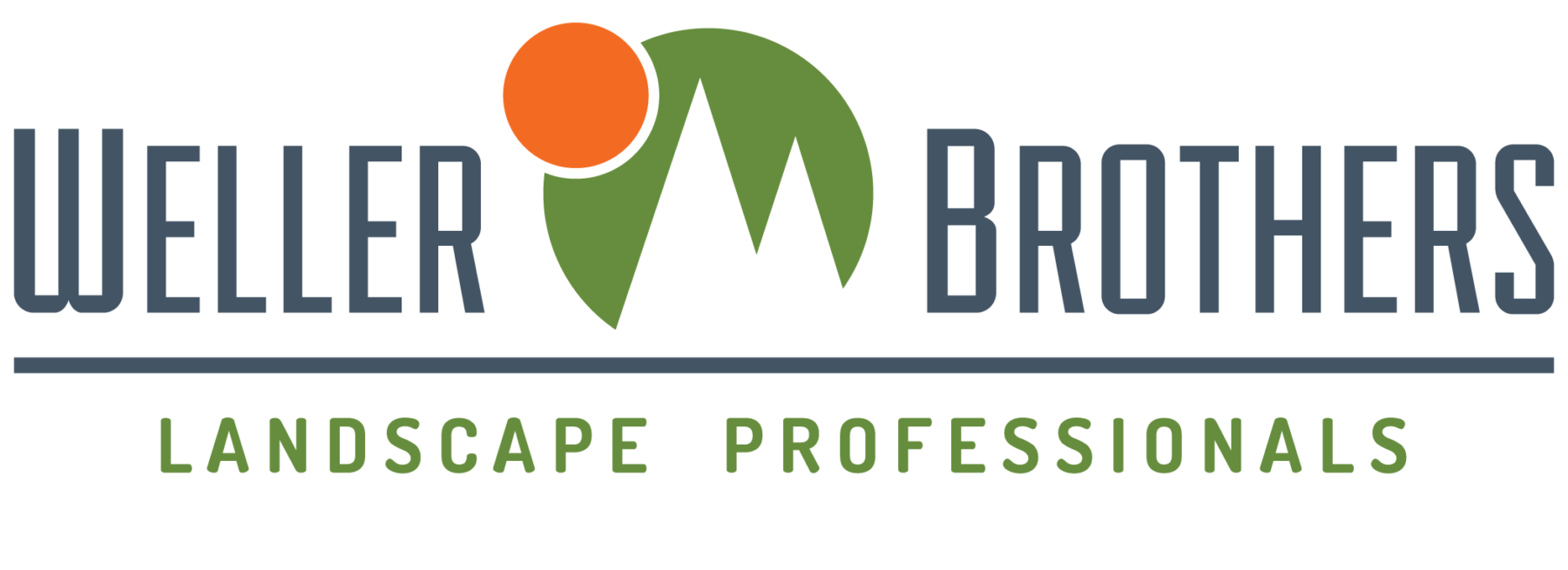What Is Emerald Ash Borer (EAB) and How Do You Prevent It From Killing Your Ash Tree?
The emerald ash borer (EAB) is an invasive beetle species native to Asia that infects and kills ash trees. The larvae of the emerald ash borer feed on the inside of ash trees, which disrupts the tree’s ability to be well nourished and grow, ultimately leading to the tree’s death.
The infestation of emerald ash borer is problematic in Sioux Falls, SD, as it poses a threat to the ash tree population. Ash trees are valuable for their aesthetic, ecological, and economic contributions. The loss of ash trees can impact ecosystems, reduce biodiversity, and have economic consequences for industries related to wood and forest products.
As we begin identifying and treating your ash trees there are a few different treatment options for treating EAB in Sioux Falls, SD. The professionals at Weller Brothers and the City of Sioux Falls, SD remind you that if you are not performing treatment on your ash trees of EAB you will be required to remove them.
How to Identify an Ash Tree
It is important to identify if your tree is an ash tree prior to beginning treatment, as EAB does not infect any other species of trees. Identifying an ash tree involves examining various features such as leaves, bark, branches, and seeds. Here are some key characteristics to help you identify an ash tree:
Ash Tree Characteristics:
- Leaves, ash trees typically have compound leaves composed of multiple leaflets. Each leaf has five to 11 leaflets arranged opposite each other on the stem.
- Bark, the bark of mature ash trees is generally furrowed, forming diamond-shaped patterns. Young ash trees may present smoother bark.
- Branches, ash trees have distinctive branching patterns. The branches and twigs are usually opposite, meaning they grow directly across from each other on the stem.
- Seeds, ash trees produce winged seeds known as samaras. These seeds often form in clusters and have a flat, wing-like structure that helps them disperse in the wind.

Checking if your Ash Tree is Infected
If your tree is an ash tree, it is vulnerable to EAB and will likely become infested.
The signs of an early EAB infestation can be difficult to see. As the infestation grows (and greater harm is caused to the tree), the signs become more visible. You are NOT likely to see an adult EAB (beetle). However, you may see an EAB larva if you look beneath the bark of an infested ash tree.
If you value your ash tree, the best course of action is to protect the tree from infestation instead of waiting to see if it becomes infected.
The most common signs of an EAB-infested ash tree are:
- Woodpeckers are known to feed on EAB larvae. An increase in woodpecker activity on an ash tree could indicate an infestation, as they may be targeting the larvae beneath the bark.
- The canopy of your tree is beginning to thin.
- The bark is beginning to crack and split.
- EAB larvae create serpentine galleries (tunnels) under the bark as they feed on the tree’s vascular tissue. If you peel back the bark, you may observe these galleries, which have a distinctive S-shaped or serpentine pattern.
- Adult emerald ash borers create distinctive D-shaped exit holes when they emerge from the tree. These small exit holes are usually about 1/8 inch in diameter and can be found on the trunk and branches.

How to Treat your EAB Infested Ash Tree
An EAB-infested ash tree may be saved if the infestation is caught early (within the first couple of years of infestation) and the tree is otherwise healthy.
However, once an infested ash tree has lost about 30% or more of its leaf canopy, it has become very compromised and is unlikely to survive even with treatment. Depending on the size and health of an ash tree, it may take anywhere between two to five years for a tree to die from an EAB infestation.
EAB Treatment Options:
- Treat your ash tree for the life of the tree: Treatments typically cost $150 – $350 per tree and need to be repeated every two years. After the primary infestation is over and most of the Ash within the area are dead, you can treat it every four years. Now that it is here, EAB will always be present in the Midwest area.
- Remove your ash tree: If you do not treat your ash tree, it will eventually die within the next ten years. You can remove your tree now, or you can remove it later. Typically, the cost for removing a tree that is still alive is quite a bit cheaper than removing a tree that is dead, so cutting early is to your benefit. Once the ash tree dies it becomes very brittle and can fall apart becoming a hazard to people and property.

Contact Us For Professional Ash Tree Treatment
If you are ready to tackle your EAB infestation, Weller Brothers is here to help you. Our team of professionals, including Certified Arborists, will advise you on the best plan of action to ensure you remain city-compliant.
Contact us here to request Tree Health and EAB Services in Sioux Falls, SD.
